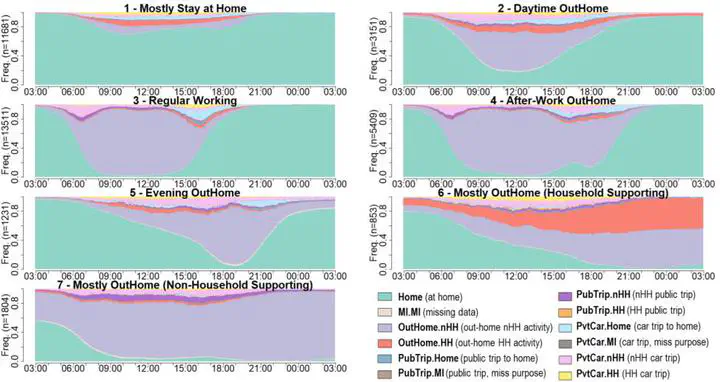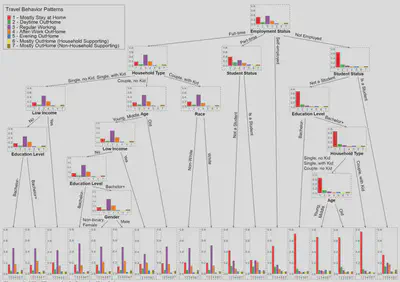Gender Discrepancies in Mobility Patterns

New research reveals how gender intersects with other identities to shape distinct travel patterns and needs.
Specifically, the researchers used sequence alignment analysis to identify groups following similar activity and trip sequences within their daily schedules. Costs were defined to capture gendered factors like household-supporting trips and safety concerns.
Further, a CHAID machine learning algorithm was used to detect which combinations of person-level characteristics are associated with each travel pattern group. This avoids predefining intersectional groups and lets impactful intersections emerge from the data.

The analysis found that employment status, household type, age, and student status all intersect with gender to impact travel behaviors differently on weekdays versus weekends. Some key gender differences found include:
- Women with kids tend to lose their after-work personal time and take on more household trips during the day.
- Single unemployed or part-time employed women stay home more than men with similar statuses.
- Women overall are less likely to be out in the evenings or overnight, especially middle-aged women with partners and kids or elderly women.
This intersectional perspective and innovative analytical approach can inform policy to promote gender equity and meet the needs of diverse populations in transportation planning.
The codes and detailed documents can be retrieved via my GitHub Repo.